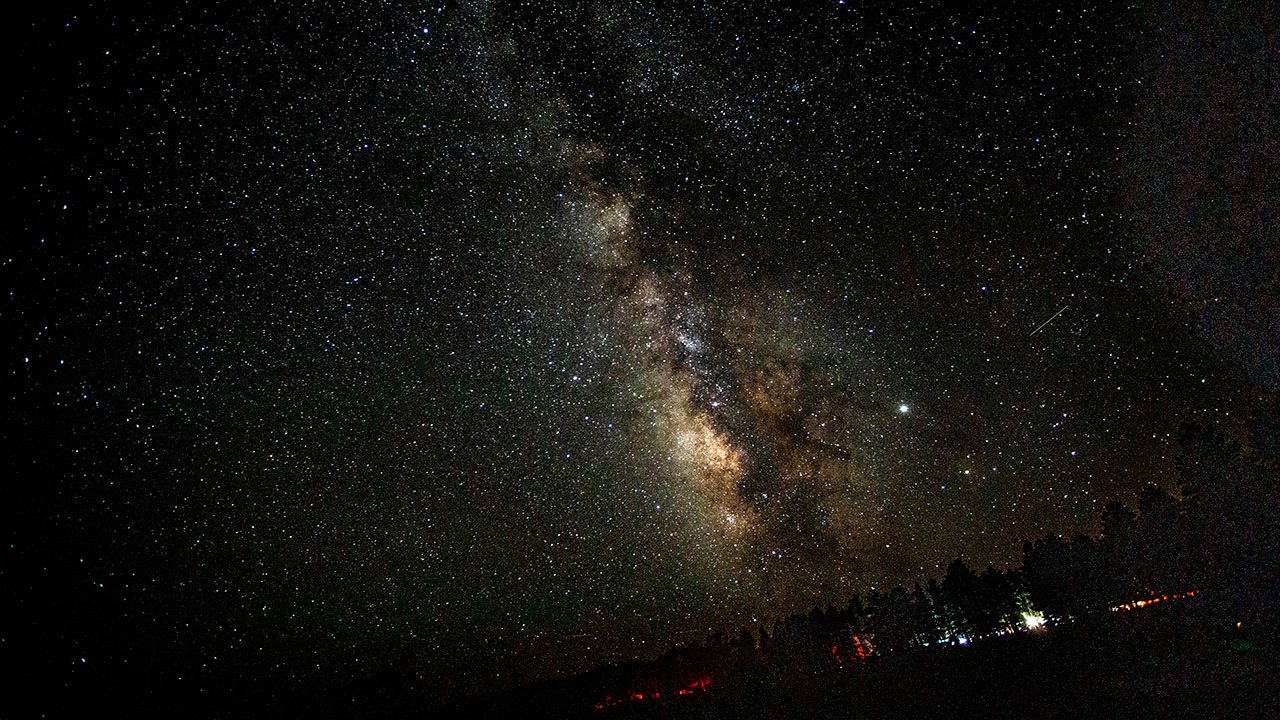It’s a new year and an excellent one for stargazers.
With events happening almost every month, especially during the second half of the year, you'll get many opportunities to pull out the telescope.
Quadrantids meteor shower: We start the year with this great meteor shower, which produces 40 meteors per hour at its peak on the night of the 3rd. The full moon will block out the faint meteors, but you’ll still be able to see a good few, especially near the constellation Bootes.
View of Mercury: Mercury will be our most-viewed planet this year, and the first show is on the 30th. You’ll be able to view this planet low in the eastern sky right before sunrise.
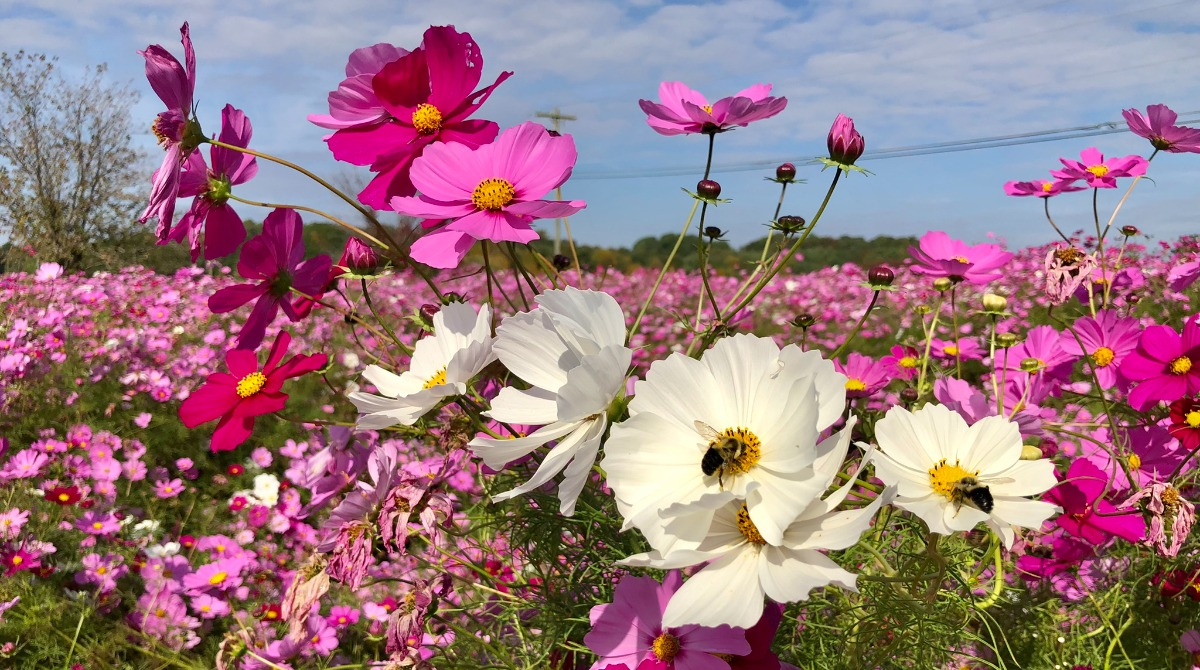
The first day of spring: Also called the vernal equinox in the northern hemisphere (the autumnal equinox in the southern hemisphere). This will occur on March 20 this year. The Sun will pass directly over the equator, and we’ll have nearly equal amounts of day and night across the planet.
Mercury returns: Our second view of Mercury will be on the 11th, but this time, look for it low in the western sky just after sunset.
Lyrids meteor shower: This is a decent shower that produces about 20 meteors per hour at its peak. It will run from the 16th to the 25th but will peak on the night of the 22nd. The crescent moon should allow us to see a great show.
Eta Aquarids meteor shower: This is a great meteor shower that will produce 60 meteors per hour in the Southern Hemisphere at its peak on May 6. Unfortunately, we see fewer and the full moon will block out most of the meteors, but you’ll still be able to see the brightest meteors if you’re patient. The best time to see the show will be after midnight.
Another view of Mercury: Our third viewing of Mercury this year will occur on May 29. You’ll be able to see it in the eastern sky just before sunrise.
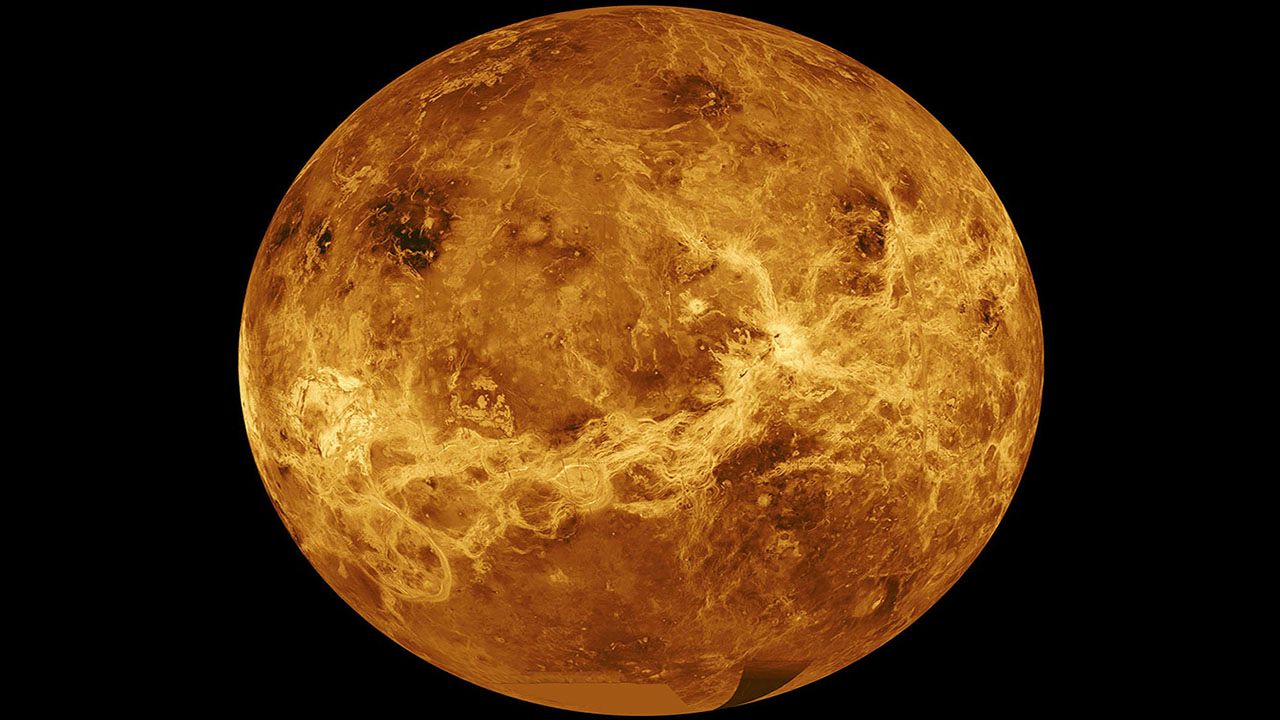
Venus emerges: We’ll finally get a view of another planet on June 4. Look for Venus in the western sky in the evening, just after sunset.
The first day of summer: This year, the June solstice will occur at 10:07 a.m. ET on June 21, marking the first day of summer for the northern hemisphere. The North Pole will tilt toward the Sun, and the Sun will travel over the Tropic of Cancer.
Supermoon: The first supermoon of the year happens on July 3. Known at the Buck Moon, it will look slightly larger and brighter.
Delta Aquarids meteor shower: This shower will produce 20 meteors per hour at its peak the night of July 28. The full moon will block out a lot of the meteors, but you will still be able to catch a few.
Second supermoon: Our next supermoon comes on the 1st. This moon has many names, such as the Sturgeon Moon, Green Corn Moon and Grain Moon, and will appear slightly larger and brighter.
View of Mercury: Mercury makes another appearance on the 10th. Look for it in the evening, just after sunset, in the western sky.
Perseids meteor shower: One of the best meteor showers of the year, you’ll be able to see 60 meteors per hour at its peak on the night of the 12th. And the good news is we’ll have a crescent moon, which means we’ll be able to see most of the meteors.

Saturn moves in: Saturn will be the third planet we’ll see this year, and it should be visible all night on the 27th. A medium or large telescope should let you see its rings and its brightest moons.
Full moon/supermoon/blue moon: A triple threat. We’ll get this full moon, supermoon and blue moon on the 31st. Because it’s the second full moon in one month, it’s known as a blue moon.
The Blue Giant: We’ll get a view of Neptune all night long on the 19th. Unfortunately, because of its distance, it’ll only look like a tiny blue dot in the sky unless you have an extremely powerful telescope.
Mercury makes a comeback: Mercury appears in the eastern sky on the 22nd. You should be able to see it just before sunrise.
First day of fall: The September equinox will occur at 2:49 a.m. on Sept. 23. We'll have nearly equal amounts of day and night across the world as the Sun shines over the equator, marking the first day of fall in the northern hemisphere.
Full moon/Supermoon: Also known as the Corn Moon or Harvest Moon, this will be the last supermoon of the year. It will look large and bright on the 29th.
Draconids meteor shower: Be patient with this shower on the 7th, as it only produces 10 meteors per hour. Unlike other showers, you’ll want to view this one in the early evening.
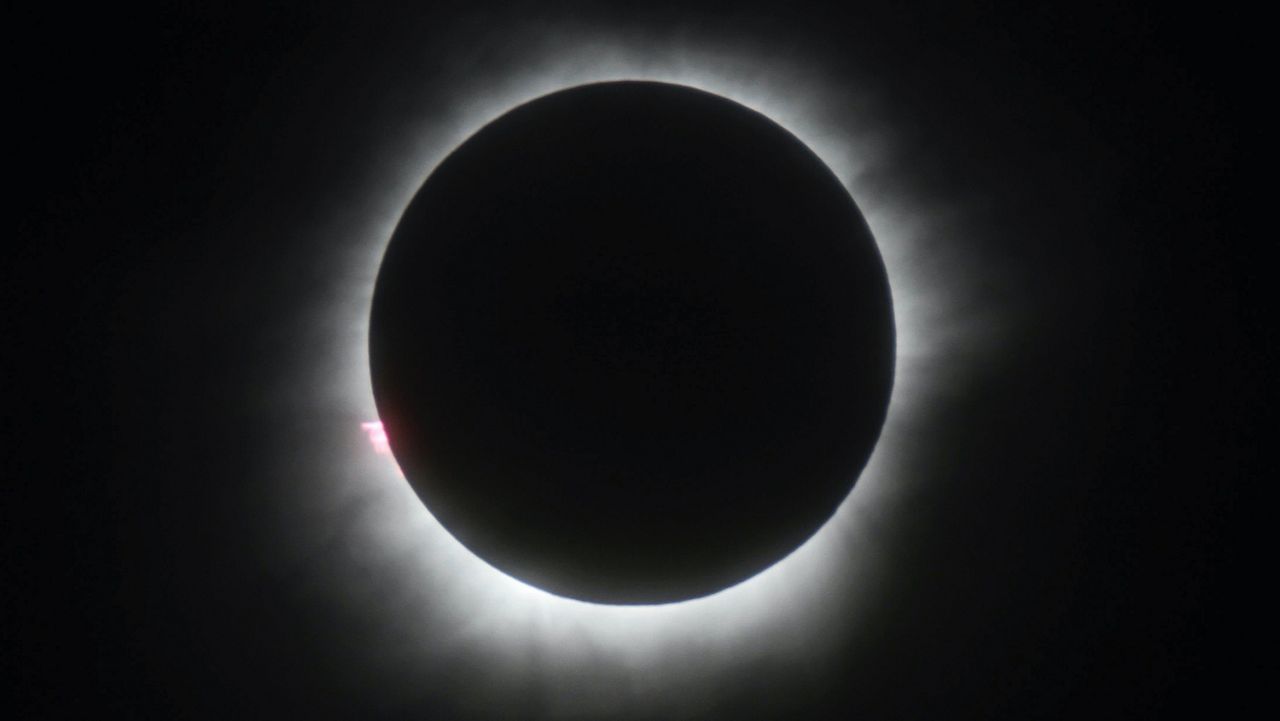
Annular solar eclipse: This is the only solar eclipse that we’ll get to see from the United States this year. The path of the eclipse will go from southern Canada to the southwest U.S. and continue toward Brazil. However, a partial eclipse will be visible for most of the country.
Orionids meteor shower: This shower will peak on the night of the 21st, bringing us 20 meteors per hour. The first quarter moon will set just after midnight, so watching this show early on the 22nd will be the best time.
Venus reappears: If you missed the first view of Venus in June, you’ll get another chance to see this planet on the 23rd. Look for it in the eastern sky during the early morning hours before sunrise.
Jupiter and its moons: Jupiter will appear on the 3rd and be visible all night long. You’ll be able to see Jupiter’s cloud bands with a medium telescope. Even with just binoculars, you'll be able to see its four largest moons.
Taurids meteor shower: A very minor shower, this show will only produce 5-10 meteors per hour at its peak on the night of the 4h. The second quarter moon will block most of the dim meteors, but you should still be able to catch a few after midnight.
View of Uranus: Uranus appears on the 13th and you’ll be able to view it all night long. Unfortunately, if you don’t have an extremely power telescope, you’ll only see a tiny dot in the sky.
Leonids meteor shower: Another minor shower, this one will produce 15 meteors per hour at its peak on the night of the 17th. The best time to view this show will be during the early morning of the 18th.
Mercury's last show: Our last view of mercury will be on the 4th. You’ll be able to see it in the evening after sunset in the western sky.
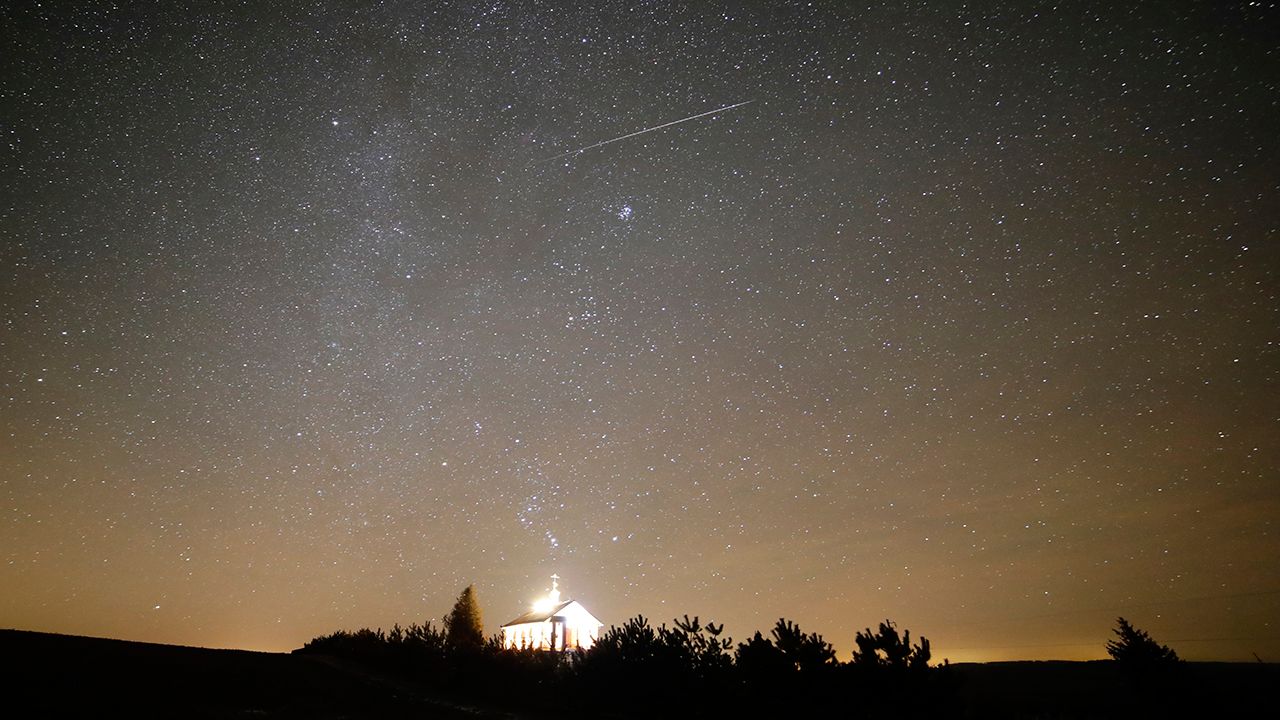
Geminids meteor shower: Welcome to the best meteor shower of every year. Peaking from Dec. 13-14, this shower will produce 120 multicolored meteors per hour. An almost new moon means conditions will be perfect for the show. Bundle up and head outside after midnight for the best viewing time.
Ursids meteor shower: The last shower of the year will be the Ursids meteor shower on Dec. 21-22. Although it is minor, producing 5-10 meteors per hour, the sky will be dark from the new moon, so you should still be able to catch a good show.
Start of winter: On Dec. 21, the winter solstice will occur at 10:27 p.m. ET, marking the first day of winter. The South Pole will tilt toward the Sun, and the Sun will be in its southernmost position in the sky.
If you're trying to view a planet, it might be a little tricky differentiating it from a star. Caballero-Nieves, assistant professor in Astronomy at FL Institute of Tech., explains "planets are typically brighter than stars. Stars also twinkle (This is called scintillation. Stars will change a little in brightness and even color), and planets do not."
"Finally, if you look at a planet over several nights or months, you will notice that it moves with respect to the stars near it. That’s where the Greeks gave the planets their names, which means wanderer."
If you want to view all these heavenly events this year, head to a dark area away from city lights.
It also doesn't hurt to buy a telescope, either. What kind of telescope should you buy?
Caballero-Nieves suggests that "You should first decide what you are interested in observing. Reflecting telescopes use mirrors and are more compact, but reflecting telescopes that use lenses can be more affordable."
"Smaller telescopes are great for looking at bright things like the Moon, planets and bright stars. Larger telescopes are better for observing faint things like galaxies, nebulas and comets."
Hopefully, you will see some wonderful views this year!
Our team of meteorologists dives deep into the science of weather and breaks down timely weather data and information. To view more weather and climate stories, check out our weather blogs section.



